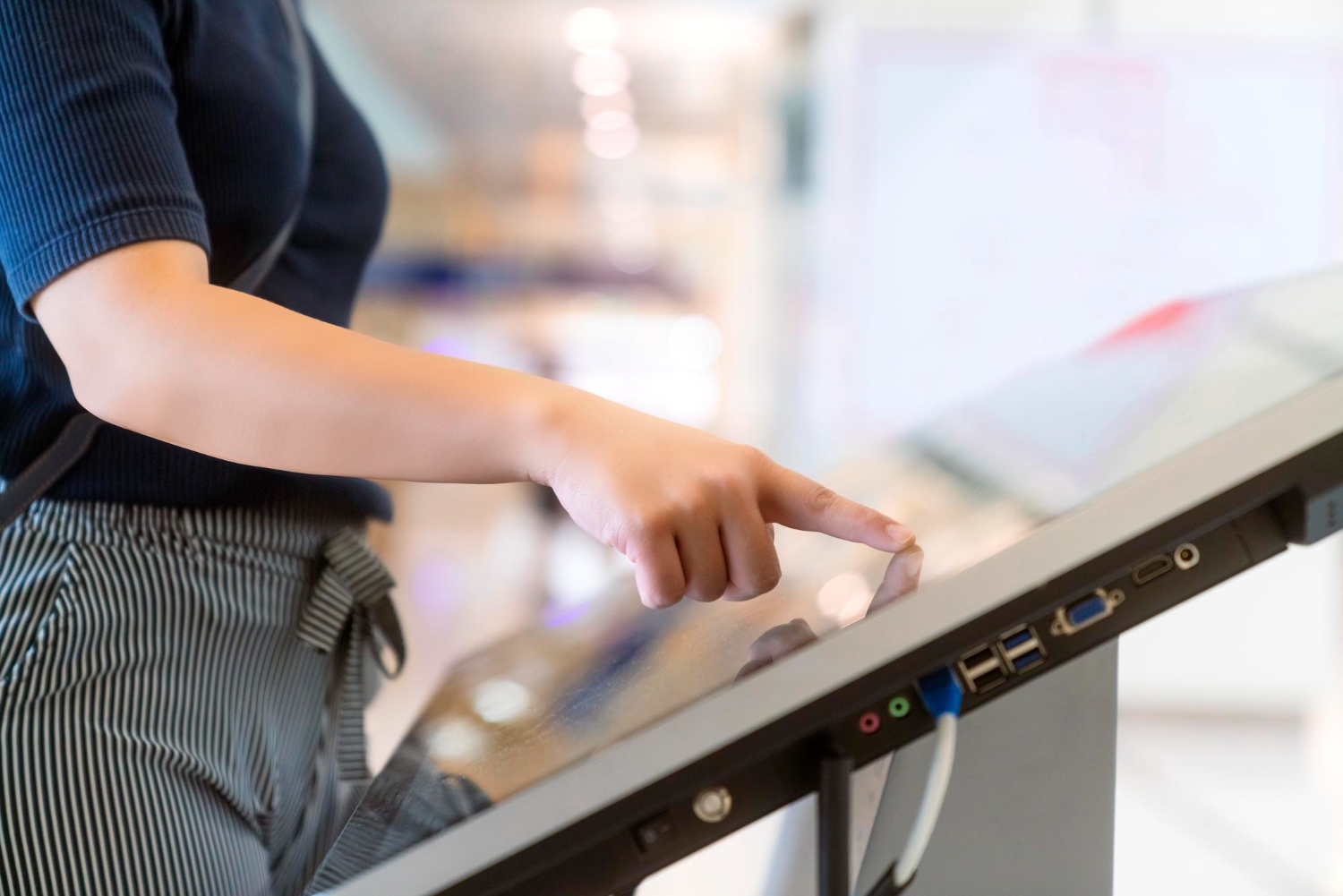11 Benefits of Using Information Kiosks in Schools

In today's digital age, educational institutions are constantly striving to enhance their learning environments. One effective way to achieve this is by implementing information kiosks within schools. These interactive terminals offer a plethora of benefits, revolutionizing the way information is distributed and accessed. This article explores 11 advantages of utilizing information kiosks in schools.
-
Enhanced Communication:
Information kiosks facilitate seamless communication between various stakeholders, including students, teachers, parents, and administrators. These devices can display important updates, event schedules, and announcements, ensuring everyone stays informed and engaged. -
Time and Cost Savings:
By reducing the need for printed materials and administrative staff, information kiosks streamline processes, saving both time and money for schools. Automated tasks like student registrations, fee payments, and enrollment inquiries can be efficiently handled through kiosks, reducing paperwork and long waiting queues. -
Centralized Information Access:
Information kiosks provide students and staff with a centralized platform to access essential information. From course materials, exam schedules, and library catalogs to campus maps and directories, these terminals empower users to find the information they need quickly and easily. -
Interactive Learning:
With interactive touch screens and multimedia capabilities, information kiosks offer an engaging learning experience. Students can explore educational resources, interactive tutorials, and quizzes, gaining knowledge in a fun and interactive manner. -
Real-Time Updates:
Schools often need to communicate urgent messages or emergency alerts. Information kiosks allow for instant updates, ensuring timely dissemination of critical information to all stakeholders. Whether it's a weather warning or a safety notice, kiosks can help keep everyone informed and safe. -
Self-Service Options:
By providing self-service options for tasks like registering for classes, updating personal information, or ordering library resources, information kiosks empower students to take control of their educational journey. This increases efficiency and reduces dependence on administrative staff. -
Multilingual Support:
In diverse school environments, information kiosks can cater to various language needs. With built-in translation features, students and parents who are non-native English speakers can easily access information in their preferred language, fostering inclusivity and removing language barriers. -
Analytics and Feedback:
Information kiosks can collect valuable data that can help schools make informed decisions. By analyzing user interactions and feedback, educational institutions gain insights into user preferences, ensuring continuous improvements in services and processes. -
Promotes Green Initiatives:
The use of information kiosks reduces the need for printing resources, contributing to eco-friendly practices. By minimizing paper waste, schools can reduce their environmental footprint and promote sustainable practices among students, faculty, and staff. -
24/7 Accessibility:
Information kiosks provide round-the-clock accessibility to essential resources and services. Students can access information anytime, even outside regular school hours, ensuring convenience and flexibility in their learning journey. -
Intuitive User Experience:
Information kiosks are designed with user-friendliness in mind. With intuitive interfaces and easy navigation, these terminals cater to users of all ages and technical backgrounds. The simplicity of the interface ensures a smooth user experience and minimizes the learning curve.
Conclusion:
Information kiosks have emerged as powerful tools for schools to enhance communication, streamline processes, and improve access to vital information. With their numerous benefits, these interactive terminals are transforming the education landscape, providing efficiency, interactivity, and convenience to students, staff, and stakeholders alike. By embracing information kiosks, schools can take a significant step towards creating a digitally advanced and student-centric learning environment.
- Industry
- Art
- Causes
- Crafts
- Dance
- Drinks
- Film
- Fitness
- Food
- Jocuri
- Gardening
- Health
- Home
- Literature
- Music
- Networking
- Alte
- Party
- Religion
- Shopping
- Sports
- Theater
- Wellness
- News


